Introduction
Nestled high in the Andes mountains of northern Peru, the Pacopampa Archaeological Complex has been the site of a remarkable archaeological discovery that is shedding new light on the origins of religious and spiritual practices in ancient Andean civilizations. Researchers have unearthed the 3,000-year-old burial of a revered priest, providing a rare and invaluable glimpse into the beliefs and rituals of one of the earliest known religious leaders in the region.
The discovery of the Priest of Pacopampa, as he has been dubbed, is an extraordinary find that offers profound insights into the development of complex social and spiritual structures in pre-Inca Andean societies. Through the careful excavation and analysis of his tomb and its contents, archaeologists are piecing together the story of this influential figure and the broader religious and cultural landscape of the time.
In this in-depth blog post, we’ll explore the Pacopampa Archaeological Complex, the significance of the Priest of Pacopampa’s burial, and the far-reaching implications of this remarkable discovery for our understanding of ancient Andean history and civilization.
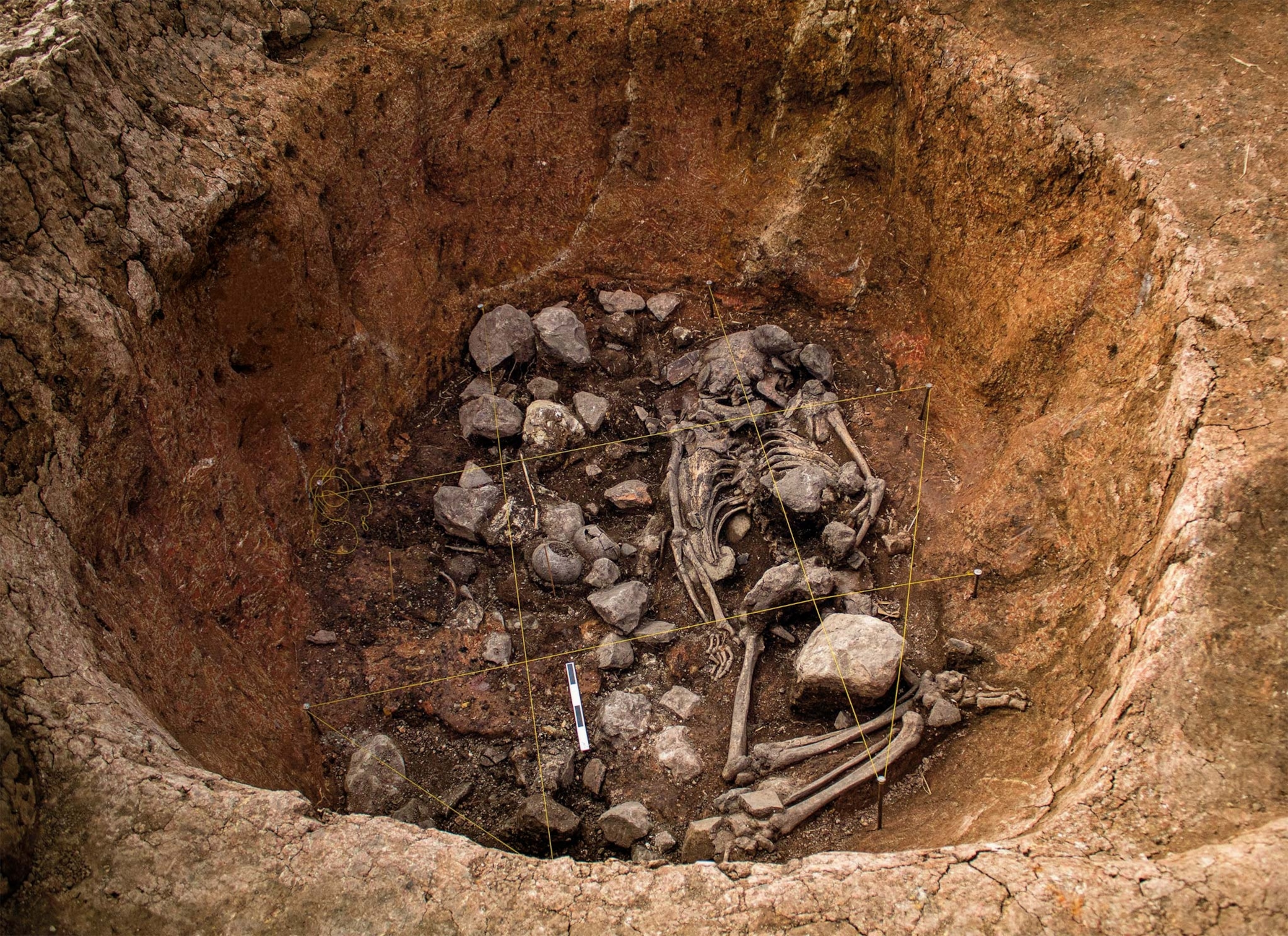
The Pacopampa Archaeological Complex: A Monumental Spiritual Center
The Pacopampa Archaeological Complex is a sprawling 40-acre site located some 8,200 feet above sea level in the Cajamarca region of Peru. This monumental site, which was active between 1200 and 700 B.C., features a range of impressive ceremonial and architectural structures that point to its importance as a significant religious and cultural center in ancient Andean society.
Over the course of nearly two decades of excavations, the Project of Archaeological Investigation at Pacopampa has uncovered a wealth of fascinating artifacts and burials that shed light on the complex social and spiritual dynamics of the region during this pivotal period in Andean history. The discovery of the Priest of Pacopampa’s tomb is the latest and perhaps most significant find to emerge from this ongoing research.
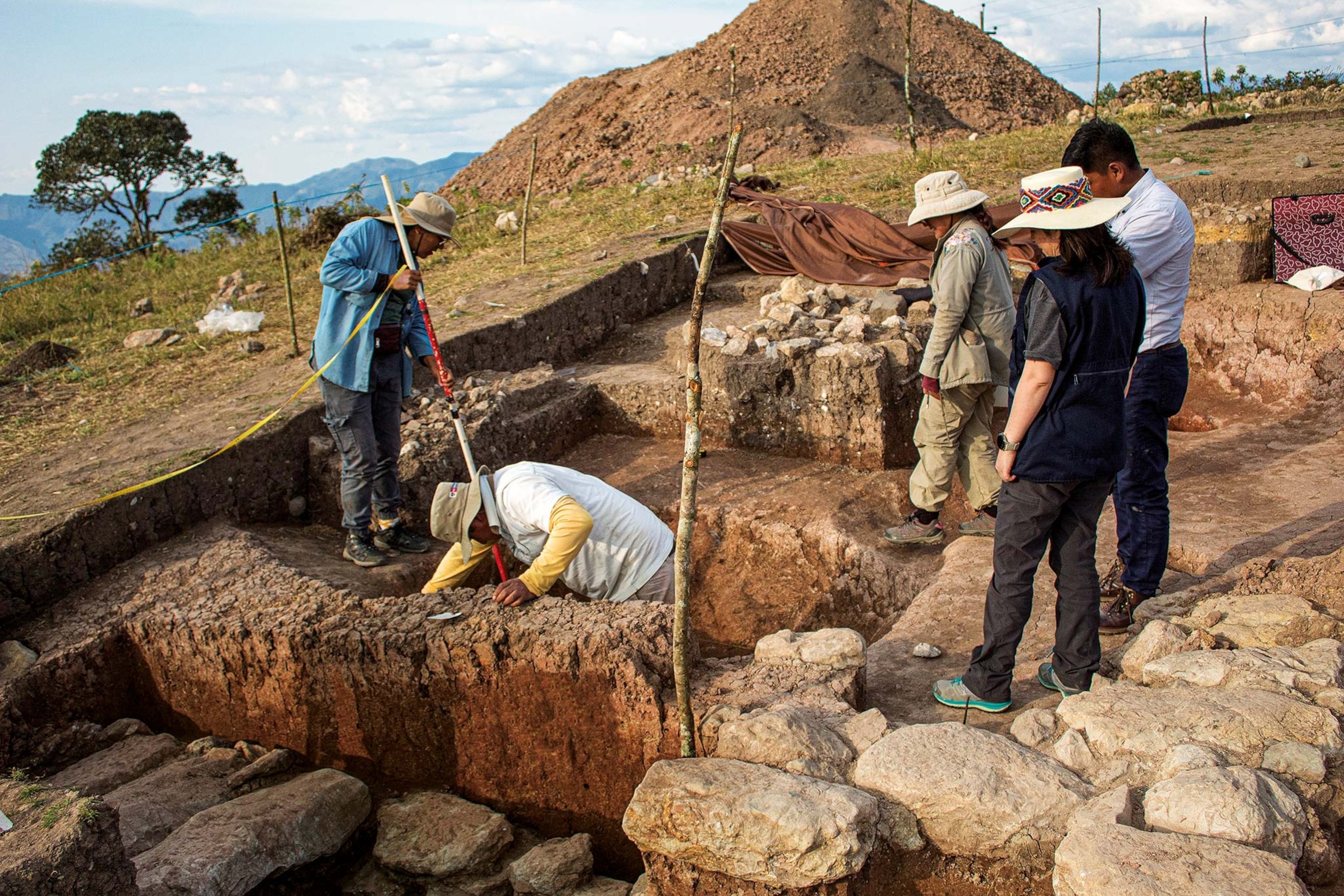
The Priest of Pacopampa: A Revered Religious Leader
The tomb of the Priest of Pacopampa, which dates back to around 1000 B.C., is an extraordinary find that offers a rare window into the religious practices and social hierarchy of ancient Andean societies. The burial was meticulously excavated, revealing a wealth of artifacts and insights that have captivated archaeologists and historians alike.
At the heart of this discovery is the well-preserved skeleton of the priest himself, interred with a remarkable array of ceremonial objects that provide clues about his status and the beliefs he represented. Perhaps the most intriguing of these artifacts are the three seals or stamps found alongside the priest’s remains.
The first seal, which resembles a jaguar, is believed to have been a symbol of the priest’s spiritual power and connection to the natural world. The second seal depicts a human face, perhaps representing the priest’s own visage or that of a revered deity. The third seal is in the shape of a hand, possibly signifying the priest’s role as a conduit between the physical and spiritual realms.
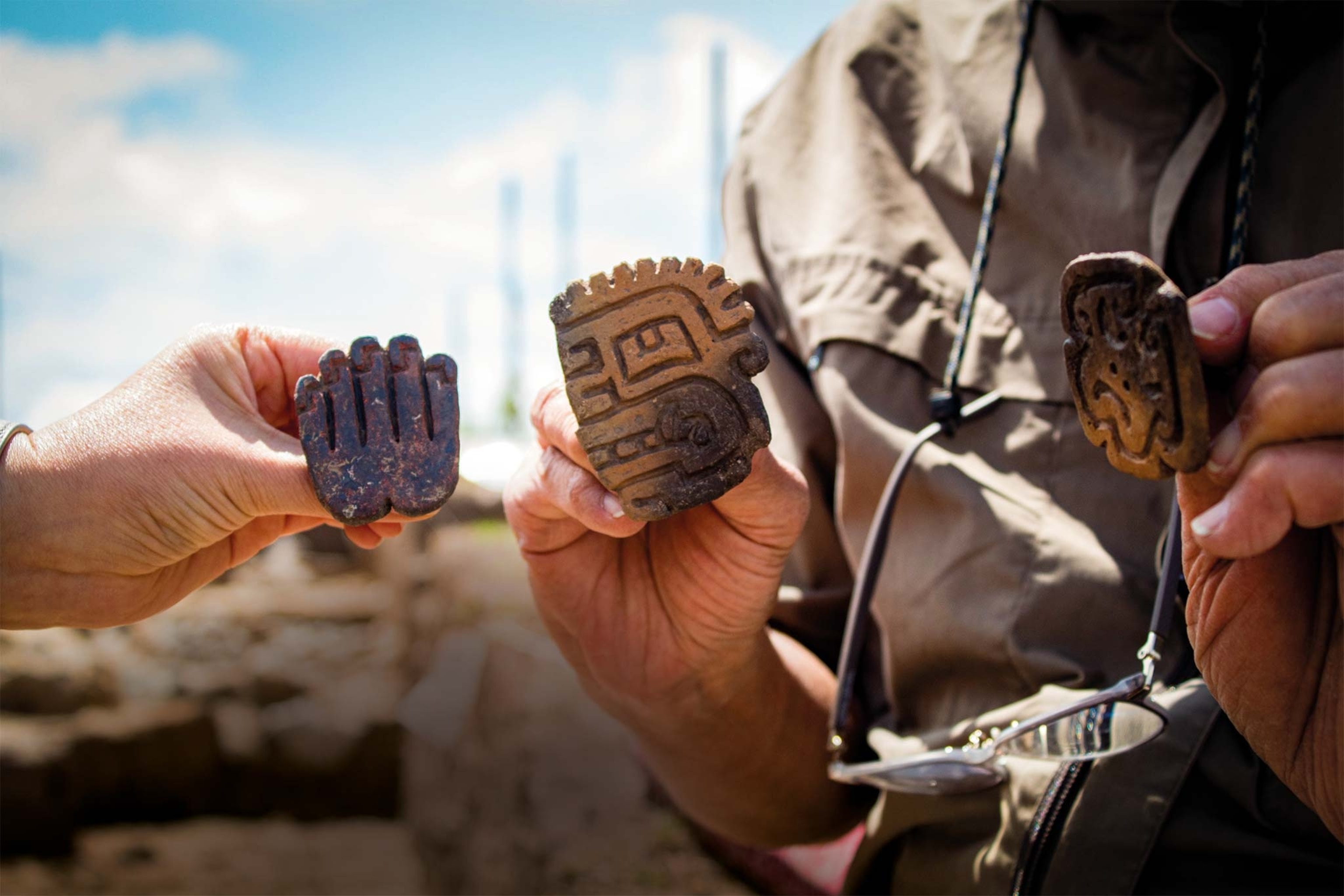
Scholars believe that these seals were used by the priest to imprint sacred images or symbols on his own skin or the skin of his followers, as part of religious rituals and ceremonies. This practice, known as “body painting,” was an important aspect of many ancient Andean belief systems, serving to connect the physical body with the spiritual world.
The presence of these highly symbolic artifacts in the Priest of Pacopampa’s tomb suggests that he was a figure of immense spiritual and social significance within his community. His burial, which was meticulously constructed and adorned, further underscores his elevated status and the reverence with which he was held by his contemporaries.
Tracing the Roots of Andean Spirituality
The discovery of the Priest of Pacopampa’s tomb is particularly significant because it predates the rise of the Inca Empire by nearly 1,000 years, offering a rare glimpse into the origins of religious and spiritual practices in the Andean region. This find is helping archaeologists and historians better understand the social and cultural conditions that gave rise to the sophisticated belief systems and ritual practices that would later flourish in the Andes.
According to Yuji Seki, the lead researcher on the Pacopampa Archaeological Project, the site was once a vibrant pilgrimage center, where people from across the region would gather to participate in communal religious rites and ceremonies. These group rituals, Seki believes, were instrumental in fostering the social cohesion and shared cultural identity that allowed the earliest Andean civilizations to emerge and thrive.
The Priest of Pacopampa’s burial, as well as other significant finds at the site, such as the Tomb of the Lady of Pacopampa and the Tomb of the Serpent Jaguar Priests, suggest that the veneration of ancestral figures and the incorporation of ancestor worship into the succession of power were central to the religious and political structures of these early Andean societies.
This emphasis on ancestral reverence and the continuity of spiritual leadership can be seen as a precursor to the later development of more complex Andean belief systems, such as those of the Wari, Tiwanaku, and ultimately, the Inca. By tracing these deep-rooted connections, the Pacopampa discoveries are shedding new light on the evolution of Andean spirituality and the sociopolitical structures that supported it.
Ongoing Excavations and Future Discoveries
The Pacopampa Archaeological Complex continues to yield remarkable finds, with researchers from Japan’s National Museum of Ethnology and Peru’s National University of San Marcos working tirelessly to uncover the site’s many secrets. In 2022, another priestly tomb was discovered at the site, which some believe may be even older than the Priest of Pacopampa’s burial.
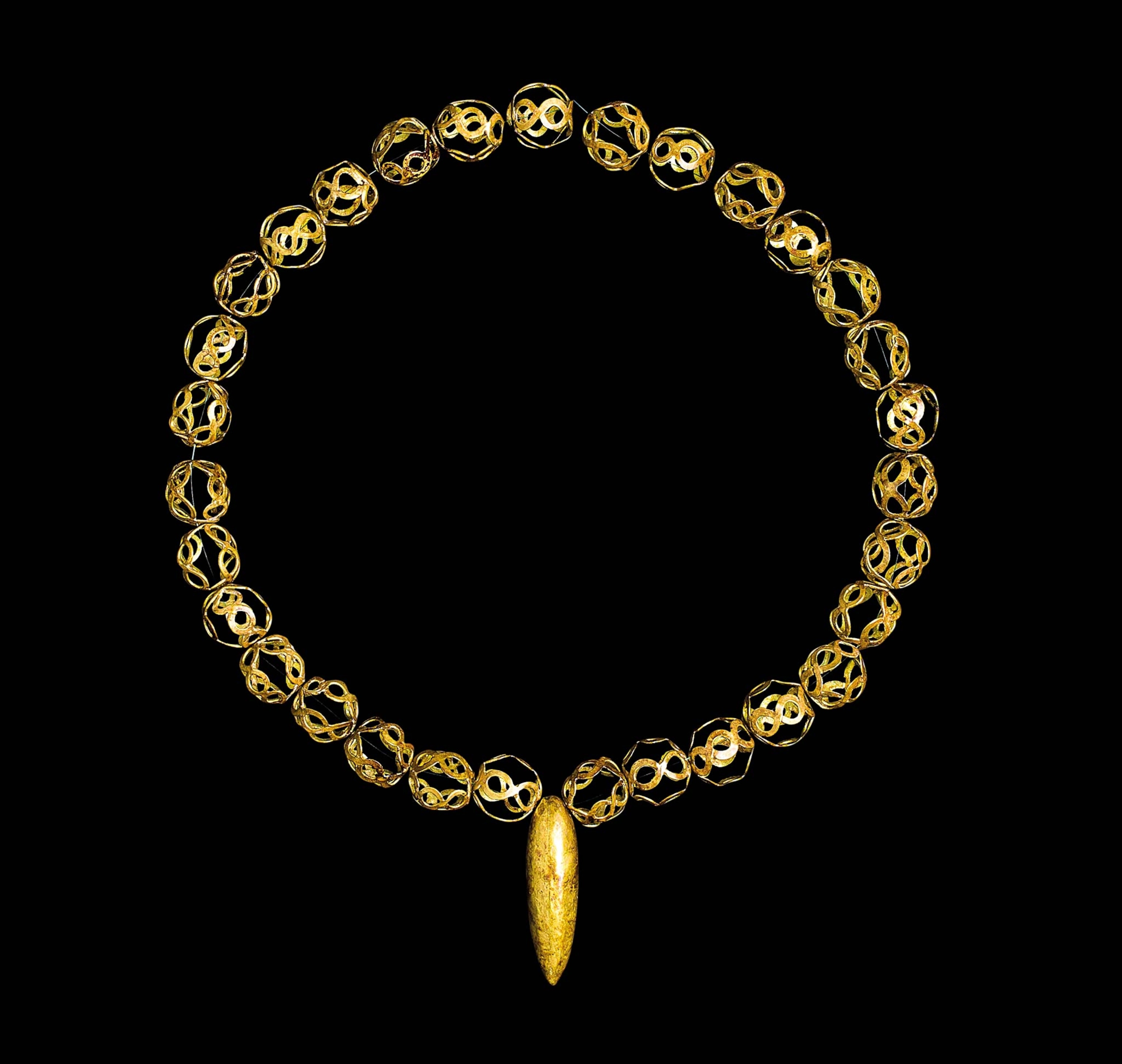
As excavations continue, it is likely that more significant discoveries will emerge, further expanding our understanding of the religious and cultural landscape of ancient Andean societies. The Pacopampa site, with its rich history and ongoing revelations, has become a crucial hub for the study of the origins and development of Andean civilization, offering a tantalizing glimpse into the beliefs, practices, and social structures that shaped the region’s early history.
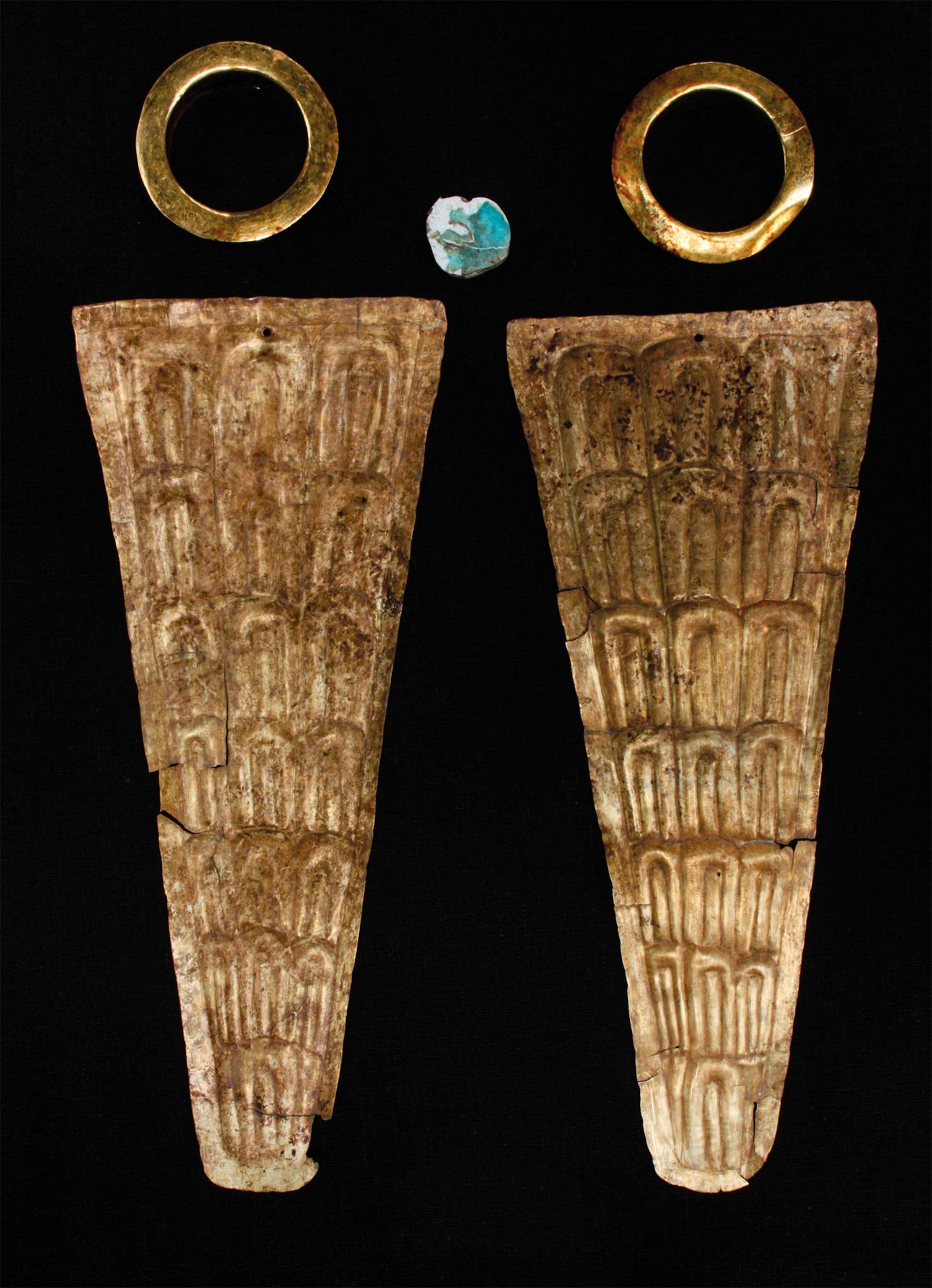
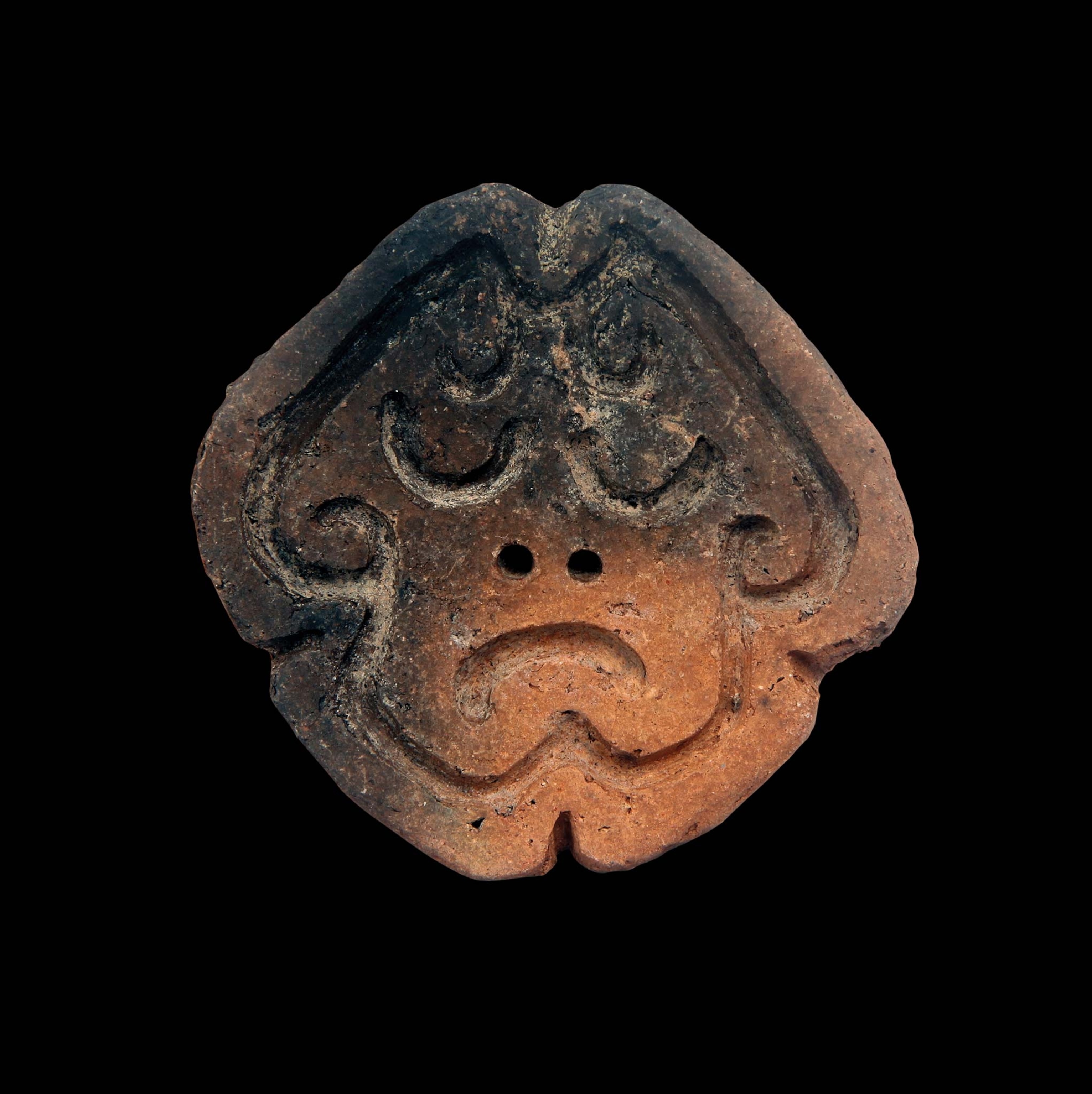
Conclusion
The discovery of the Priest of Pacopampa’s tomb is a remarkable archaeological find that has the potential to revolutionize our understanding of the ancient Andean world. By shedding light on the origins of religious and spiritual practices in the region, this discovery offers a rare and invaluable opportunity to trace the roots of some of the most sophisticated belief systems and sociopolitical structures that would later flourish in the Andes.
As the Pacopampa Archaeological Project continues to uncover new insights and artifacts, the story of this revered priest and the vibrant religious center he once served will undoubtedly become an increasingly important chapter in the ongoing narrative of Andean history and civilization. The Priest of Pacopampa’s legacy lives on, inspiring further exploration and discovery in this captivating and enigmatic region of the world.

